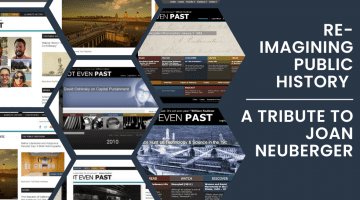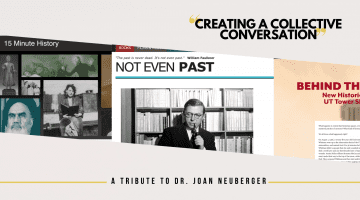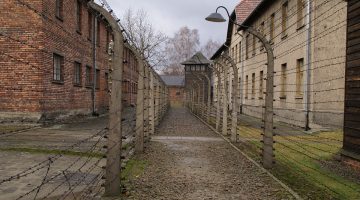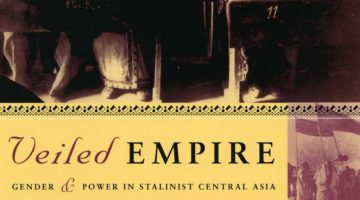
by the Editor of Not Even Past, Adam Clulow As Not Even Past winds down for another academic year, we want to take a moment to celebrate the remarkable contribution of Dr. Joan Neuberger, our Founding Editor, who will be retiring from the University of Texas this summer. Joan guided the magazine for almost a […]



